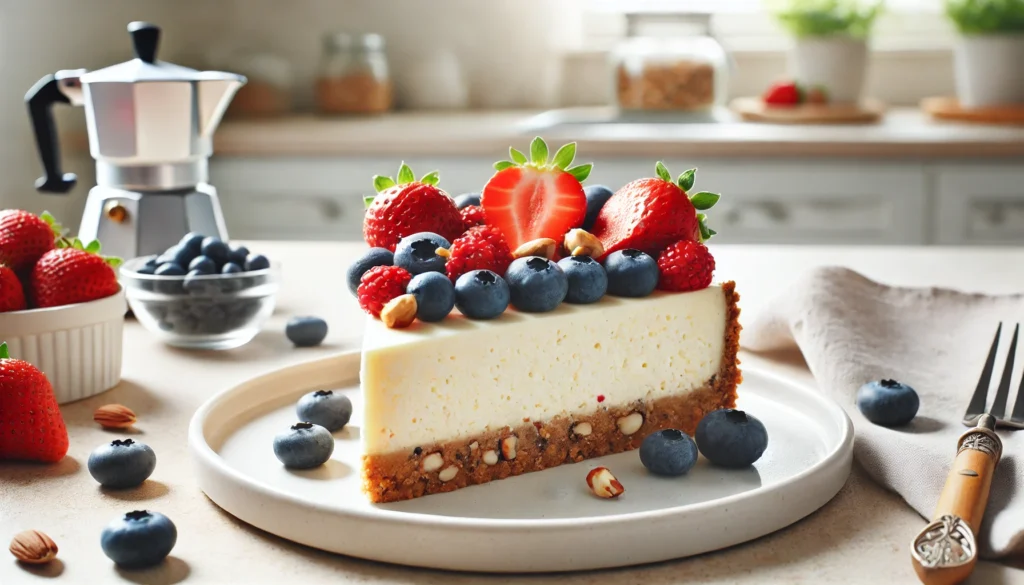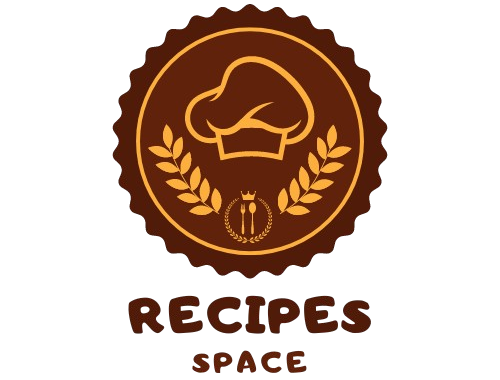Managing diabetes often means paying close attention to what you eat, especially when it comes to indulgent desserts like cheesecake. So, is cheesecake ok for diabetics? The answer is not as straightforward as yes or no—it depends on the ingredients, portion sizes, and your overall approach to diabetes management. In this guide, we’ll discuss the impact of cheesecake on blood sugar, diabetic-friendly versions of cheesecake, and other considerations for indulging safely.

Cheesecake can be an indulgent treat, but it is essential to understand its components. For instance, this pumpkin banana loaf is another dessert alternative that can be modified to fit a diabetic-friendly diet. In this article, we’ll explore how you can make a cheesecake more suitable for diabetes and other options that you might want to consider when looking for sweet treats.
What Makes Cheesecake Suitable or Unsuitable for Diabetics?
Nutritional Breakdown of Traditional Cheesecake
A traditional cheesecake contains several elements that can impact blood sugar levels:
- High Sugar Content: Typically, cheesecakes are made with refined sugars, which can cause a significant spike in blood glucose.
- Processed Flour in Crust: The crust is often made with processed flour, which has a high glycemic index.
- High Fat Content: The cream cheese used in cheesecake provides a high-fat component that can help slow the absorption of sugar, making it a slightly better dessert option compared to others with less fat and more refined carbs.
For people interested in making baked goods at home, you might want to try some easy dessert recipes for every occasion to find more diabetes-friendly options.
How Cheesecake Affects Blood Sugar
The Role of Fats and Sugars
Cheesecake has high-fat content due to the use of cream cheese, which can help slow down the absorption of sugar and thus mitigate sudden spikes in blood sugar. However, the refined sugars and processed flour still pose challenges, especially if consumed in larger portions. The trick is to find a balance, ensuring you eat a small portion and perhaps tweak the recipe to make it lower in carbohydrates.
Can Diabetics Eat Cheesecake in Moderation?
Yes, diabetics can consume cheesecake if they follow these guidelines:
- Opt for Low-Carb Versions: Replace traditional sugar and crust ingredients.
- Control Portion Sizes: Keep your slice to a small portion, typically less than half of a standard slice.
- Eat Cheesecake as Part of a Balanced Meal: This helps to control the blood sugar spike by consuming it alongside proteins and fiber.
For those looking to understand how different desserts can be adapted for diabetes, check out the best desserts for diabetics for more options that can help satisfy a sweet tooth without compromising health.
Ingredients to Avoid in Cheesecake for Diabetics
Common Problematic Ingredients
- Refined Sugar: The primary ingredient that contributes to the high carbohydrate load in a traditional cheesecake.
- Flour-Based Crusts: High glycemic index crusts made from refined flour can lead to sharp blood sugar increases.
Healthier Alternatives
- Natural Sweeteners: Use stevia, monk fruit, or erythritol instead of refined sugar. These sweeteners have little to no impact on blood glucose levels.
- Nut-Based Crusts: Substitute the traditional crust with a crust made from almond flour or crushed nuts, reducing the overall carbohydrate content.
Making Cheesecake Diabetic-Friendly
Diabetic-Friendly Ingredients for Cheesecake
Here are a few simple ways to modify cheesecake recipes to make them more diabetic-friendly:
- Sweeteners: Use low-calorie sweeteners such as stevia or erythritol.
- Low-Carb Crust: Use almond flour for the crust, or even better, try out the healthy dessert bread recipes that are suitable for reducing carbs.
Example Recipe: Low-Carb Cheesecake
- Ingredients:
- 2 cups almond flour (for crust)
- 2 tablespoons melted butter
- 16 oz cream cheese
- 1/2 cup erythritol
- 2 large eggs
- 1 teaspoon vanilla extract
- Instructions:
- Preheat the oven to 350°F (175°C).
- Mix almond flour and butter to create the crust. Press it into a baking pan and bake for 10 minutes.
- Combine cream cheese, erythritol, eggs, and vanilla extract until smooth. Pour this mixture over the baked crust.
- Bake for an additional 20-25 minutes or until the center is set.
This low-carb cheesecake provides a creamy dessert without significantly spiking blood sugar levels.
Store-Bought Cheesecake vs. Homemade Cheesecake
Why Store-Bought Cheesecake Might Not Be Suitable
Most store-bought cheesecakes contain high levels of refined sugar, artificial flavors, and processed crusts that may not be suitable for diabetics. These versions are often more difficult to fit into a diabetic-friendly meal plan because of their sugar content and lack of dietary fiber.
Benefits of Homemade Cheesecake
- Control Ingredients: Making cheesecake at home allows you to substitute high-sugar ingredients with diabetic-friendly options.
- Portion Size Management: You can also control how much you consume when you bake your own dessert.
Alternatives to Cheesecake for Diabetics
If you are looking for a dessert other than cheesecake, there are several options that could be more suitable:
- Greek Yogurt Parfaits: Made with nuts and berries, which provide sweetness without added sugars.
- Low-Carb Pudding: Use unsweetened almond milk and a natural sweetener for a satisfying, creamy texture.
To get more ideas for diabetic-friendly treats, visit this guide on diabetic-friendly desserts.
Tips for Eating Cheesecake as a Diabetic
- Portion Control: Always opt for smaller portions to reduce carbohydrate intake.
- Pair with Protein or Fiber: Combine a slice of cheesecake with a fiber-rich salad or a protein dish to balance out the carb load.
- Check Blood Sugar Levels: If you’re trying cheesecake for the first time, monitor your blood sugar levels afterward to see how it affects you personally.
Frequently Asked Questions (FAQs)
Can Diabetics Eat Cheesecake Without Worrying About Blood Sugar?
Yes, diabetics can eat cheesecake as long as they make modifications to the ingredients and practice portion control.
What Are the Best Sugar Substitutes for Cheesecake?
The best sugar substitutes are stevia, monk fruit, and erythritol because they do not cause dramatic increases in blood sugar.
Is Crustless Cheesecake Better for Diabetics?
Yes, a crustless cheesecake reduces the overall carbohydrate content and can be a better option.
Should Cheesecake Be a Snack or Dessert for Diabetics?
Cheesecake should be enjoyed as a dessert rather than a snack to help control the overall intake of carbohydrates throughout the day.
Conclusion
So, is cheesecake ok for diabetics? Absolutely—if you make the right modifications and keep an eye on portion sizes. By replacing refined sugar with natural sweeteners and using nut-based crusts, cheesecake can be an enjoyable dessert without dramatically impacting your blood sugar. For more diabetes-friendly dessert recipes, explore the various options provided by Recipes Space.
